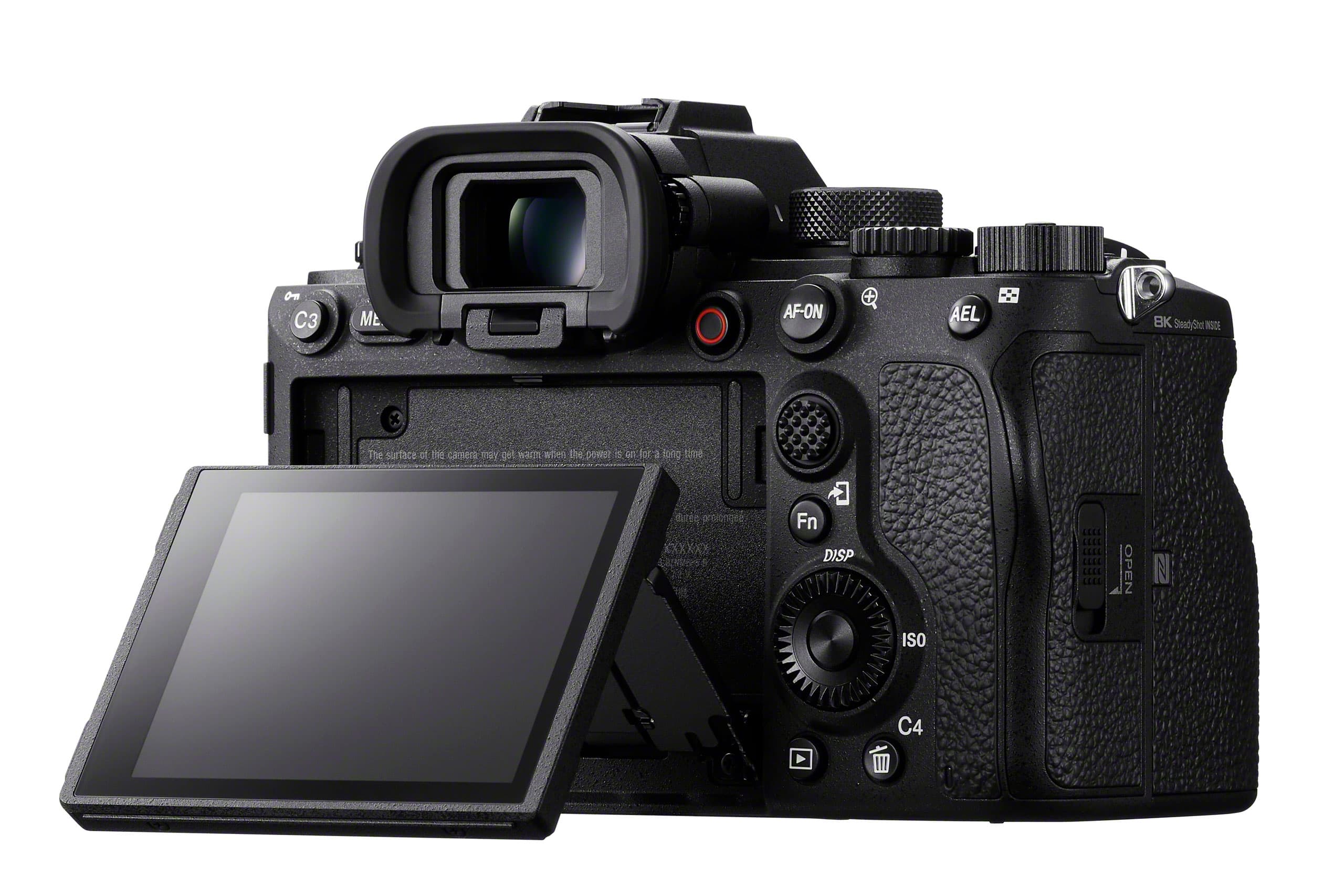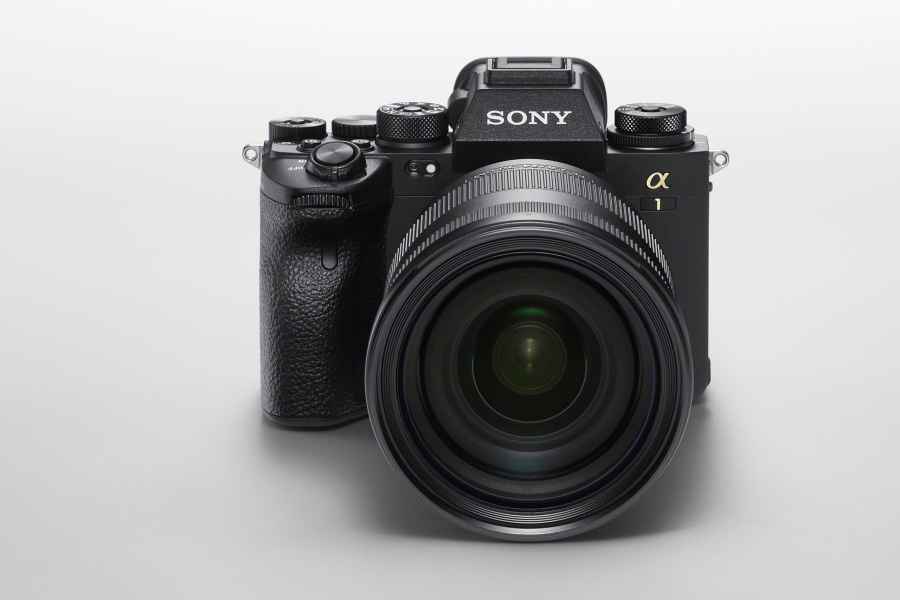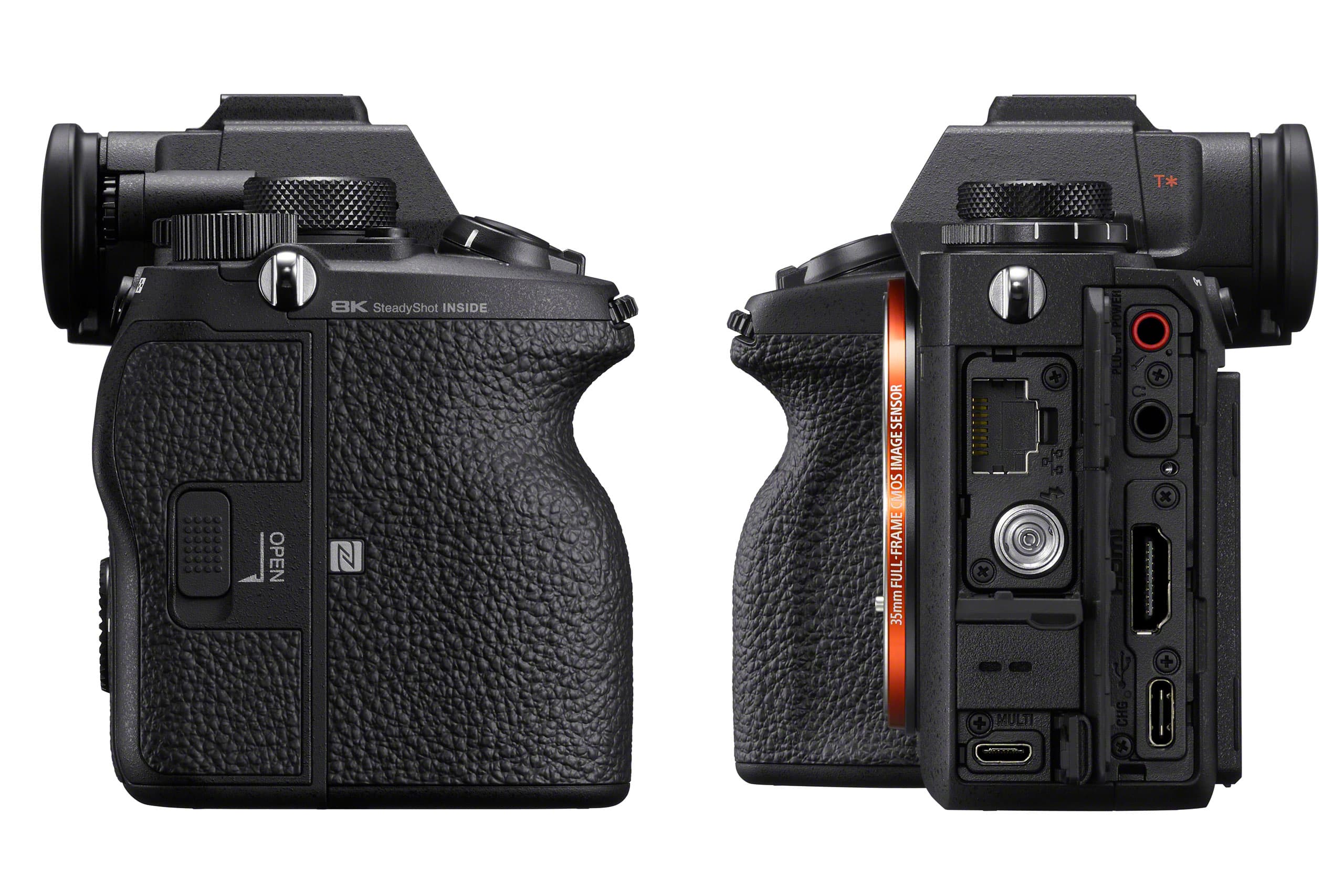Sony has announced its new flagship full-frame mirrorless camera, the Alpha 1. It offers remarkable headline specs, being capable of shooting at 30 frames per second at 50.1MP resolution. Its back-illuminated Exmor RS sensor also offers a sensitivity range of ISO 50-102,400, while promising up to 15 stops dynamic range. For video, it’s capable of 8K recording at 30fps (oversampled at 8.6K for maximum detail), or 4K at 120fps, with 10-bit 4:2:2 colour and All-I compression. Naturally this astonishing performance comes at a price, with the Alpha 1 set to cost £6500 body-only when it hits the shops in March.
Everything about the camera suggests that Sony has gone all-out to beat competitors such as the Canon EOS R5 at spec-sheet Top Trumps. The Alpha 1 sports the same superb viewfinder we saw previously in the Alpha 7S III, which provides 9.44m-dot resolution, 0.9x magnification, a glasses-friendly 25mm eyepoint, and up to 240fps refresh rate. This surpasses the optical viewfinder of any DSLR, especially as it offers blackout-free continuous shooting at full speed. Surprisingly, though, Sony has stuck with a rear screen that only tilts up and down, in contrast to the fully articulated screens that it’s used on its other recent models.

Sony has employed a tilt-only screen, rather than the fully articulated unit found on the Alpha 7S III
Sony claims to have stepped-up its autofocus performance, with the A1 boasting 759-point phase-detection AF covering 92% of the frame. It’s capable of running AF and AE calculations 120 times per second while shooting at maximum speed, which should aid with keeping track of moving subjects. It also adds eye AF for birds, alongside humans and animals, and Sony says that tracking continues to work even when the lens is stopped down to f/22 for depth of field, or to enable a slow shutter speed for panning blur.
The firm has also included impressive-sounding shutter technology, with the silent electronic shutter promising 1.5x less distortion than the Alpha 9 II, and flicker-free images under artificial light. Given the sheer amount of data the camera has to read off the sensor, this is really impressive. It’s even possible to use flash with the electronic shutter. Meanwhile, the new dual-driven mechanical shutter offers unprecedented flash sync speeds up to 1/400sec, or 1/500sec in APS-C crop mode.
In terms of design, the Alpha 1 is very similar to the Alpha 9 II, with the same compact, rugged body and plenty of top-plate dials for quickly changing shooting settings such as drive and autofocus modes. Its dual card slots support both UHS-II SD cards, and the slightly smaller but faster CFexpress Type A format. Power is provided by Sony’s Z-type battery, or a USB-C PD supply. As usual for Sony full-frame models, 5-axis in-body image stabilisation is built in, offering up to 5.5 stops benefit. This is one area where Sony noticeably trails the competition, perhaps due to the relatively restricted room available to move the full-frame sensor behind the small-diameter E mount.
The camera supports a host of new image file formats, including a ‘Light’ JPEG setting that promises faster transfer times, 10-bit HEIF, and lossless-compressed raw. It also offers an impressive array of professional connectivity options, including USB, LAN and dual-antennae Wi-Fi for increased speed. Finally, if 50MP isn’t enough detail for you, a 199MP high-resolution multi-shot option is available, processed via Sony’s Imaging Edge computer software.
All-in-all the Alpha 1 is an impressive-looking beast, and we’re really looking forward to getting our hands on one to see whether it lives up to Sony’s promises.








